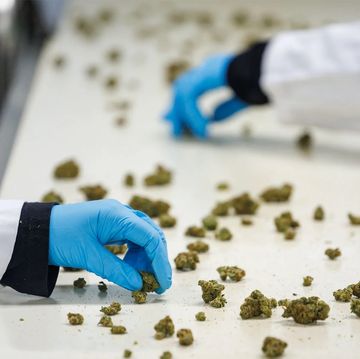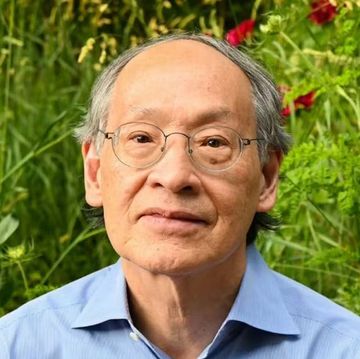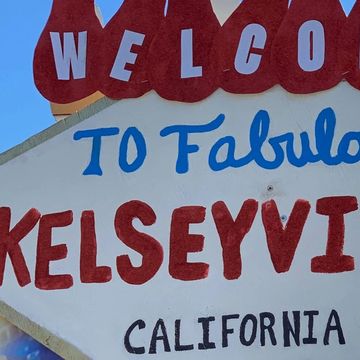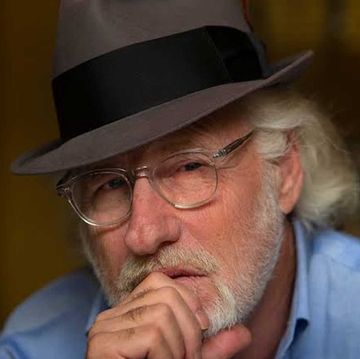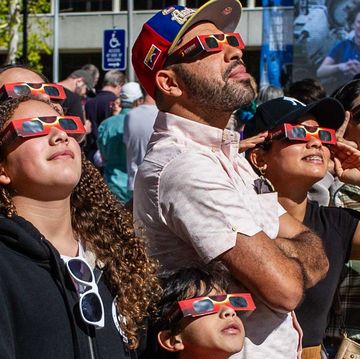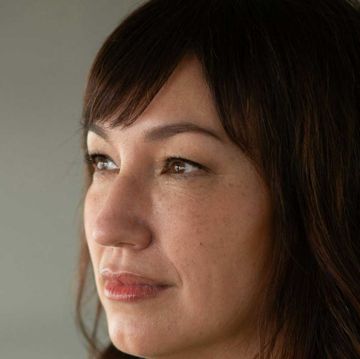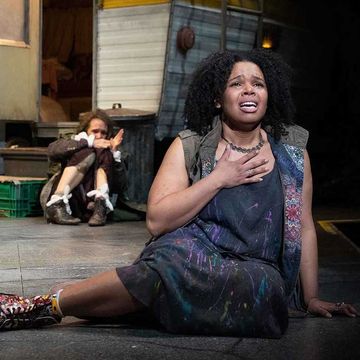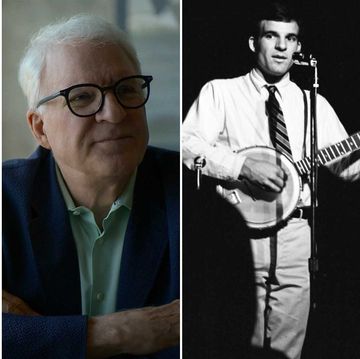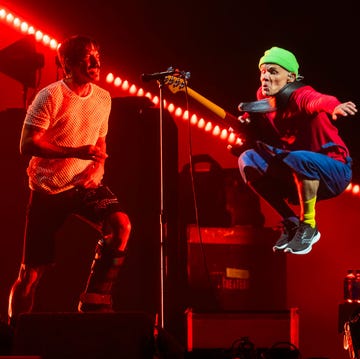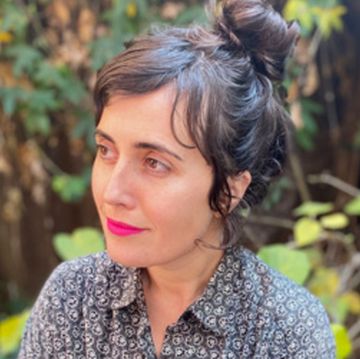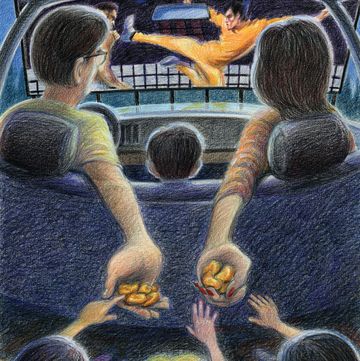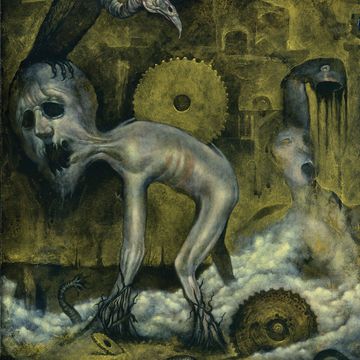Take a picture of any street in Los Angeles. A day later, a moment later, someone else could capture an entirely different image of it. This philosophy guided curators Diana Nawi and Pablo José Ramírez as they began piecing together the 2023 edition of the Hammer Museum’s biennial exhibition, Made in L.A. Instead of trying to present a definitive version of Los Angeles, the curators allowed the city to speak for itself. Over the course of nearly two years, they visited 200 artist studios in the Greater Los Angeles area. They listened to the artists tell their stories in their own homes. Observed their practices. Sensed what was happening in the air. That sparkling, creative energy.
What struck the duo was how the artists’ work was interwoven into their daily movements, how their practices were rooted in their communities. “Art is a space to challenge things, but it’s also an opportunity to affirm our existence and our place in the world,” says Nawi. “These individual practices do that, and the exhibition does that: art is an affirmation of life.”
While Nawi prefers video and Ramírez enjoys performance-based works, none of that figures in the show. Rather, this edition of Made in L.A. features a preponderance of objects, especially those used in everyday life. Hence, the exhibition’s theme: “Acts of Living.”
While each of the 200 artists visited by Nawi and Ramírez contributed to the conversation of “Acts of Living,” the works of only 39 of them made it into the museum. Here are five standouts who inspire us to reflect on the people, materials, and histories that make up the many communities in the City of Angels.
This article appears in Issue 25 of Alta Journal.
SUBSCRIBE
Michael Alvarez
Call him the patron saint of minimal spaces. The champion of the discarded. Whatever the title, Michael Alvarez is a painter who encounters the sublime in unlikely places: freeway underpasses, train depots, scenes of car crashes, and anywhere else he deems “landscapes that marinate.” A graffiti artist and a skateboarder, Alvarez claims that belonging to these subcultures gives him not only an appreciation for neglected places but also permission to be there. He describes himself as an obsessive finder, one who picks up skateboard shards, run-over bottle caps, bags of debris—anything from the environment that he can work into his paintings. These elements, coupled with his surreal settings, lend his art a raw authenticity. Consider the catalyst for 2 Foos and a Double Rainbow, his featured work in Made in L.A. Alvarez was hiking along the L.A. River, just behind the railroad tracks near Cypress Park, taking a shortcut from a friend’s art show to a skateboarding event. It was a drizzly day, and just as the sun emerged, he spotted a double rainbow in the sky. Two men acknowledged him and went on their way. For most others, it would be a moment quickly forgotten. For Alvarez, it was transcendent.
• Close-up: The two men in 2 Foos and a Double Rainbow (above) are not entirely painted. The shorts on the figure on the right are made from sandpaper that Alvarez picked up in the L.A. River.
Teresa Tolliver
Lightning strikes for Teresa Tolliver when she’s sitting alone in her living room, surrounded by materials found that morning at the swap meet. Metals, plastics, masks, flowers—it doesn’t matter; the objects tell her what to make. Once, a metal frame she bought from a store in San Diego told her to make a lion. So, she made one. Then she made another. And then many more. Tolliver calls this collection of creatures her Wild Things series. The individual pieces do not have names or titles or stories attached to them. That does not mean that they are the same. Some of these lions evoke awe, some terror, others something else. This one, with the blue mane and the yellow, pink, and red face, looks almost pensive despite its whimsical appearance. As if it is asking, What kind of life are you living? Tolliver might answer that life is short but full of adventure. “One day, I will not be able to make things. So I have to keep doing it.”
• Close-up: Despite its fanciful look, this lion (above)—from Tolliver’s Wild Things series—represents strength. The lion’s exposed steel frame pokes out from its mane.
Vincent Enrique Hernandez
If you typed “Mercurial” into the password field on Vincent Enrique Hernandez’s website a few months ago, you’d be treated to series of images depicting manila folders, sculptures of street signs, and miscellaneous pieces of stationery, some bearing mysterious notes: “Hidden in a valley behind in an open stream / this is the type of place where you will find your dream.” The works are provocative yet playful. I knew to enter “Mercurial” only because I’d asked Hernandez over the phone. If you tried using that same password for the artist’s website today, however, you would be denied access. Hernandez is not necessarily making a statement with the ever-changing passwords, but it’s not hard to draw connections between his hidden art and how he views his favorite subject: the San Fernando Valley. Famed for its film studios and cultural diversity, the Valley is also home to many fascinating destinations, even if some seem hidden to outsiders. This idea is central to Hernandez’s work, especially to his Made in L.A. piece, Valley Research Map. Pinned photographs of icons and places commonly associated with the Valley ring the perimeter of a bulletin board. The heart of the work, its center, is an actual map of the Valley. Think of the assemblage as a call to explore it. Or accept it as an actual invitation—a part of Hernandez’s contribution to Made in L.A. is five-hour guided tours of the Valley. Any showgoer can sign up. If you do, ask Hernandez for the new password to his site. He’ll happily give it.
• Close-up: Interspersed among the photographs of notable subjects in Valley Research Map (2019–) (above) are images of more intimate places, such as Pagliacci’s—at the bottom—a pizza joint that Hernandez once frequented with his friends.
Tidawhitney Lek
Although Tidawhitney Lek is too young to have experienced the horrors of the Khmer Rouge, her Cambodian parents did, and their trauma has long haunted her family. Since her father did not want to speak of his past, and because she could not communicate with her mother in English, Lek had little way of truly understanding their pain and anger—feelings she soon inherited. She studied art in college, but it wasn’t until she visited New York galleries that she believed in her path. Soon after, Lek began a quest to discover herself, understand her family, and find healing where possible. Refuge, which she created for Made in L.A., comes from this legacy. Consisting of three panels placed together, the work depicts, respectively, a woman walking through a door, a scene from the life of Lek’s dad soon after he was liberated from the Khmer Rouge but got caught in cross fire in a rice field, and an empty outdoor area for household chores. Somehow, through the separate but connected images, Lek finds reconciliation between the past and the present, the unspeakable and the speakable. “Everyone is born with a package. It’s your job to unpack it,” she says. “Art is a way of unpacking.”
• Close-up: The pink bucket in the foreground of Refuge (above) represents an actual bucket that Lek played with as a child, perhaps suggesting that unpacking one’s family’s past is an act of restoration and rebirth.
Kang Sueng Lee
Kang Sueng Lee is interested in goatskin. For one thing, drawing or writing on it is one of the oldest ways to document something. For another, it inherently contains life and death. Each piece of goatskin represents an animal that once breathed fresh air. For a multidisciplinary artist whose work primarily pays homage to previous generations, goatskin is a perfect medium. “It is precious,” Lee says. Untitled (Chairs), the piece that Lee created for Made in L.A., is made of this material, which serves as a powerful backdrop to haunting images of empty chairs. Even without context, the images—spread on four pieces of goatskin—elicit an overwhelming sense of loss. “They speak to absence because chairs are for bodies,” Lee explains. Some of the depicted chairs were owned or made by queer artists, including José Leonilson Bezerra Dias and Robert Blanchon, both of whom died of AIDS-related illnesses. One artist was Brazilian; the other was American. For Lee, who originally hails from South Korea, their nationalities are meaningless. Their legacies as queer artists transcend cultural and national borders. To honor them, Lee inserted 24-karat-gold dredges into the goatskin. “This material will last much longer than any one person’s life.”
• Close-up: The tan material mounted on the goatskins of Untitled (Chairs) (above) is sambe, a hemp fiber used in Korean funerals for shrouds, carrying a strong connotation of mourning.•
Ajay Orona is an associate editor at Alta Journal. He earned a master’s degree from USC Annenberg’s School of Journalism in 2021 and was honored with an Outstanding Specialized Journalism (The Arts) Scholar Award. His writing has appeared in Los Angeles Review of Books, Ampersand, and GeekOut.











